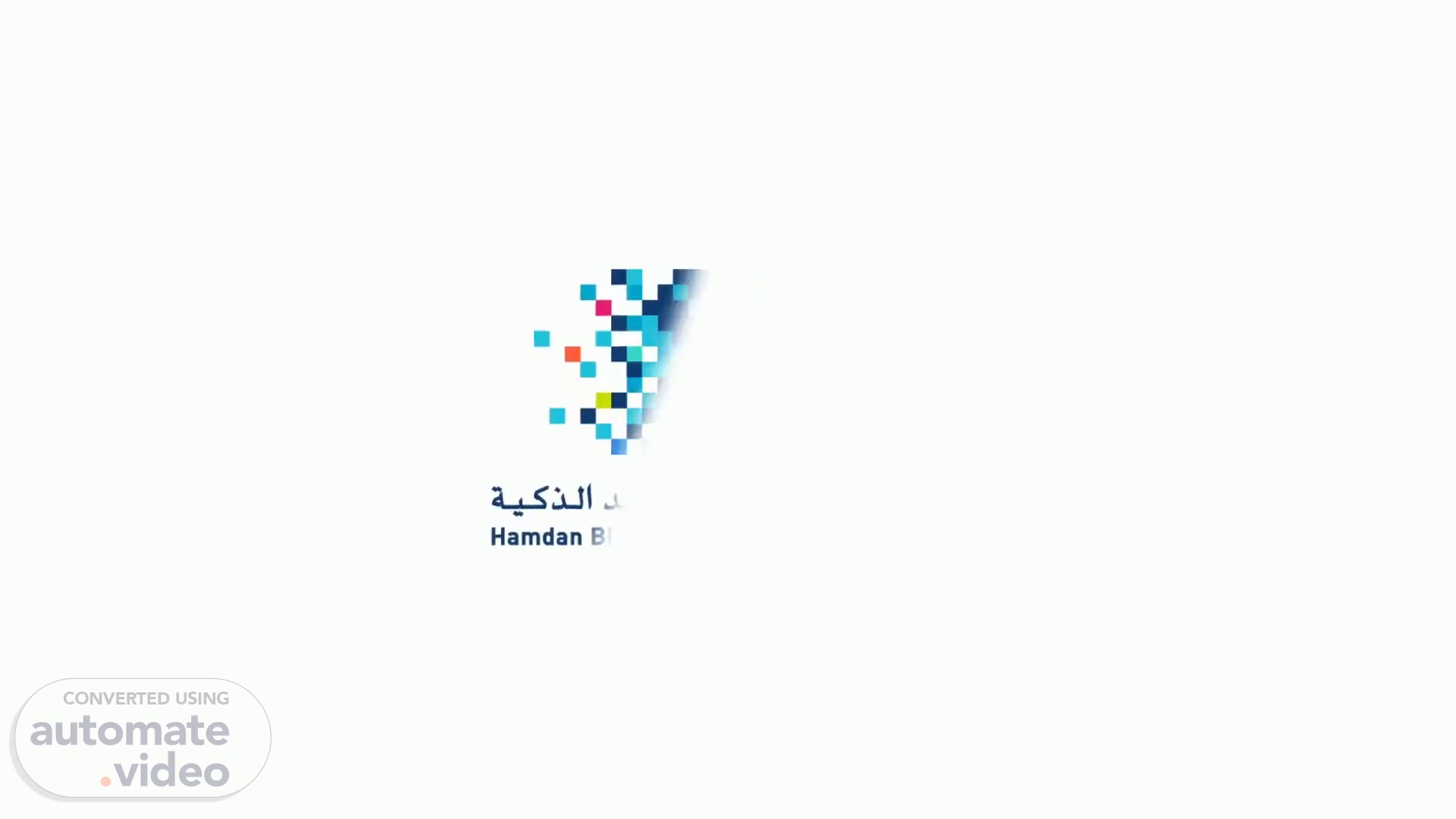
Page 2 (14s)
[Audio] Introduction to educational technologies TECH 600 course provides an overview of the field of educational technology covering major theories, disciplines and technical advances that have influenced its evolution. The course discusses different types of traditional and up to date technologies. Some of the covered topics include technology integration strategies and standards, gaming and simulation, mobile devices, online and blended learning, and social, human, ethical, and legal issues of using technology in teaching and learning..
Page 3 (49s)
[Audio] Blended Learning Instruction that combines online and face-to-face activities.
Page 4 (1m 1s)
[Audio] Learning Outcome(s) Describe the characteristics, benefits, challenges, and integration strategies of blended learning models for relevant instructional situations. I S T E Standards for Educators Leader Collaborator Learner Citizen Designer Analyst Facilitator.
Page 5 (1m 31s)
[Audio] Blended Learning Models Rotation Station rotation Lab rotation Flipped classroom Individual rotation Flex À la carte Enriched virtual.
Page 6 (1m 52s)
[Audio] Rotation Models Learners transition among face-to-face and online learning modalities Individual rotation: Each student has individualized rotation schedule Flipped classroom: All students rotate through all the stations, with one station being online learning off the school site Lab rotation: All students rotate through all the stations, with one station being online learning in the computer lab Station rotation: All students rotate through all the stations, with at least one being online learning.
Page 7 (2m 34s)
[Audio] Flex Model Learners engage in online learning in a face-to-face setting with a teacher available for support Typically uses online personalized learning systems ( P L S) Teacher may lead face-to-face learning activities.
Page 8 (2m 53s)
[Audio] À La Carte Model Learners take fully online course with an online teacher at home or school Learner takes other courses face-to-face at their physical school Often referred to as: supplemental online courses.
Page 9 (3m 13s)
[Audio] Enriched Virtual Model Learners take fully online courses with an online teacher Learners typically take all their courses online Learners have required face-to-face learning experiences led by a teacher This model injects personal connection to keep students engaged.
Page 10 (3m 35s)
[Audio] Benefits of Blended Learning Positive or no impact on student achievement Video and repeated viewings assist student note-taking Maximizes class time for active learning, student-centered learning, and individual assistance Inclusion of adaptive learning software may increase students' academic proficiency.
Page 11 (4m 2s)
[Audio] Student Challenges Related to Blended Learning Student accountability and self-discipline to complete outside-of-class activities - Disinterest in video lectures that were too long or boring - High workload for outside-of-class activities - Low motivation to do independent online activities - Poor performance of flex models.
Page 12 (4m 30s)
[Audio] Teacher Challenges Related to Blended Learning Openness to instructional change Poor pedagogy becomes poor blended learning Time-consuming to find resources for blended learning.
Page 13 (4m 46s)
[Audio] Institutional Challenges Related to Blended Learning Establishing and communicating a vision for blended learning Trend toward increased class sizes Awareness of and solving technological constraints and digital inequity Ensuring accessibility.
Page 14 (5m 7s)
[Audio] District or School Integration Strategies for Blended Learning Successful integration supports include: A school climate for continuous improvement Defined blended learning goals Teacher professional development Reduced barriers to implementation.
Page 15 (5m 29s)
Teacher Competencies for Successful Blended Learning.
Page 16 (5m 44s)
[Audio] Classroom Integration Strategies for Blended Learning F - L - I - P Flexible learning environments Allow for flexibility in learning and assessment Learning culture shift Objectivist to constructivist Intentional content Use goals and sound instructional content Professional educators Teachers are indispensable Teachers are reflective, collaborative, and learners.
Page 17 (6m 22s)
[Audio] Web Authoring Tools Web page editors Visual development without coding H T M L and H T M L 5 Java and JavaScript ActionScript ( Adobe Flash) Mobile app programming Python, Java, C++, Ruby, JavaScript.
Page 18 (6m 47s)
[Audio] Resources for Web Site Production Media Resources Audio Video Photos Graphic images Text Web Hosting Sites.
Page 19 (7m 6s)
[Audio] Design Perspectives Leverage perspectives to create better websites Music, sound and art aesthetics Graphic design principles Video design principles.
Page 20 (7m 24s)
[Audio] Web Development Steps Step 1: Review existing websites Step 2: Wireframe or storyboard Step 3: Develop pages and media elements Step 4: Add navigation links Step 5: Preview and revise Step 6: Publish Step 7: Monitor, revise, and maintain the site.
Page 21 (8m 2s)
[Audio] Website Content and Design Evaluation Use the Website Content and Design Evaluation Checklist ( Figure 7.2) to evaluate: Site Authors and Sponsors Content Organization and Navigation Visual Design Media.